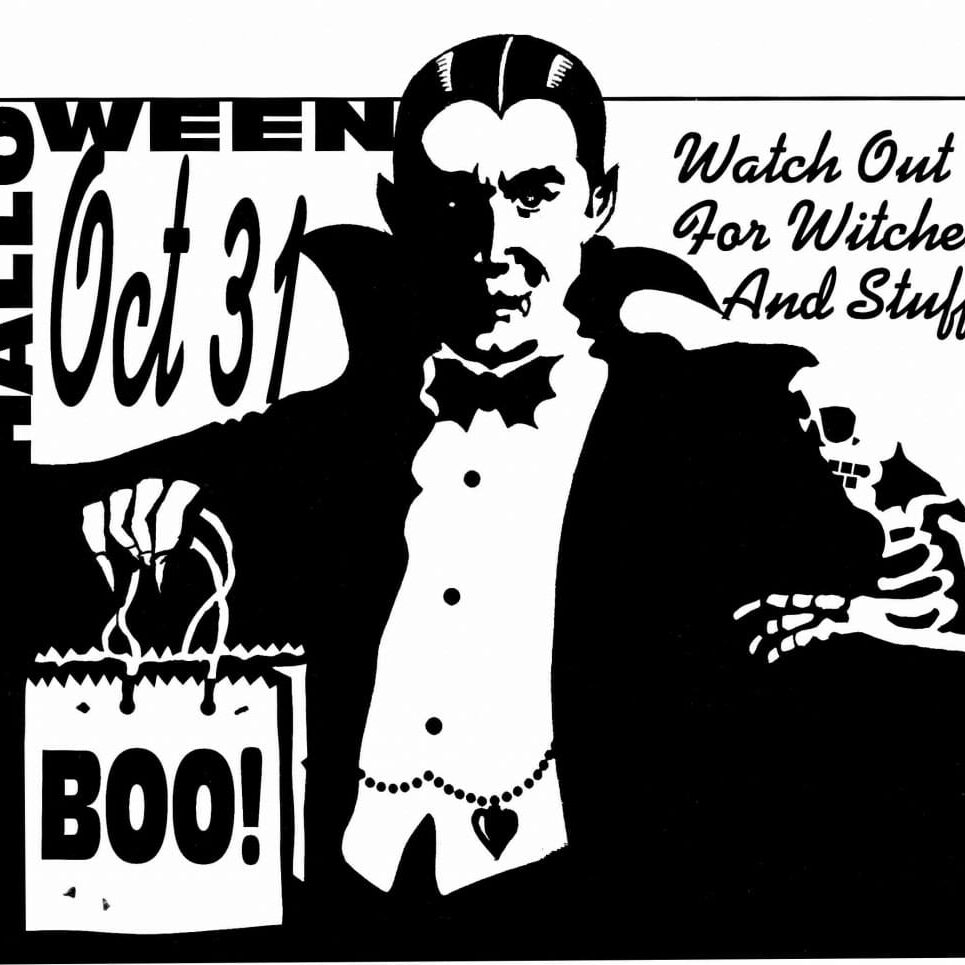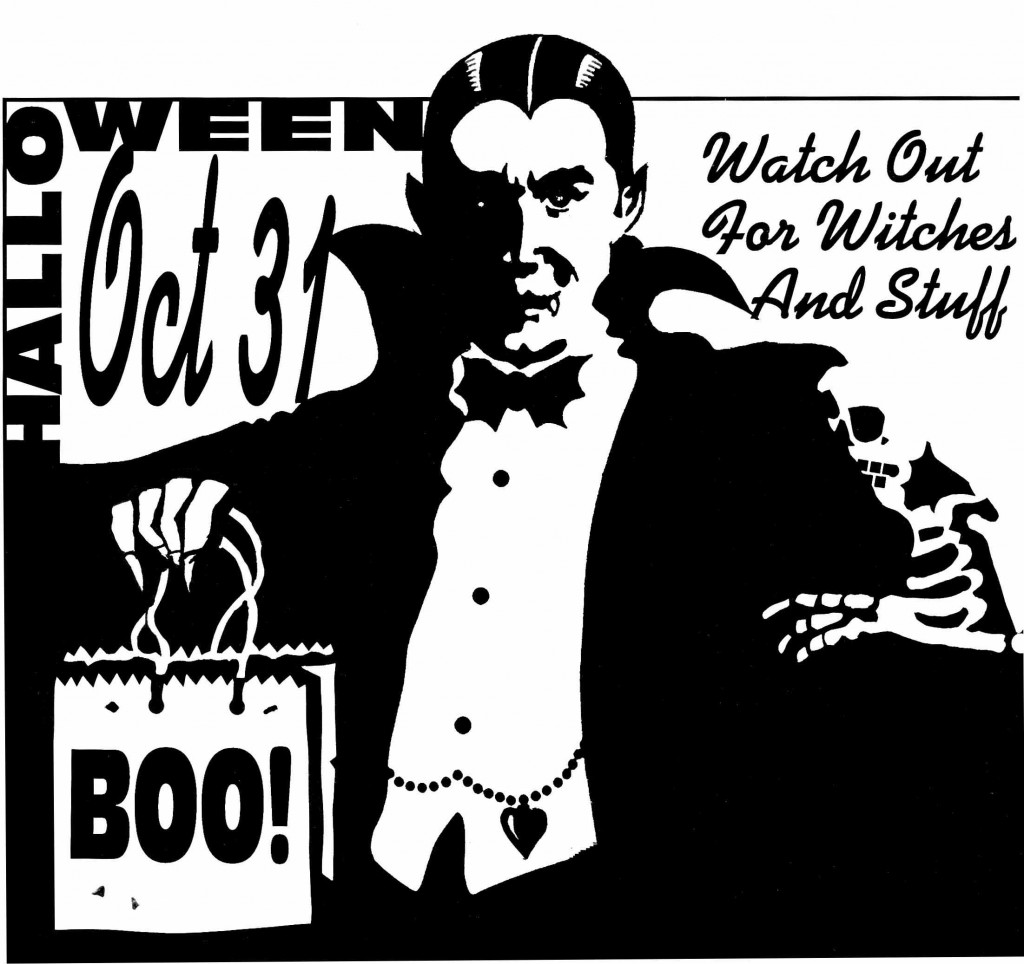
Like many fans of fiction, I have occasionally encountered the trope of the vampire in all its glory and shame. Seeing as Halloween is fast approaching, it’ll be more likely to be the latter than the former. The vampire, a long-time former figure of terror inspired by the fears of society, has degenerated into an almost happy figure. And I can’t say I’m impressed.
One of the vampire’s first appearances in fiction was Heinrich August Ossenfelder’s Der Vampir (1748). Blood-sucking and pale and especially considered a threat to Christianity, the vampire was rarely a positive figure in fiction. Over 150 years later, Bram Stoker’s Dracula (1897) set the tone for most literature involving vampires: blood, sex, death, and the disease of vampirism. The Victorians loved it and it’s only been successively more popular throughout the twentieth-century.
Enter the 21st century, when paranormal romance is a thing—you can’t have a heroine without her having sex with the antagonist in one way or another. (Sometimes he’s actually not the villain, shocker!) Suddenly, there are women cozying up to vampires hoping they’re not killed in the process—though, of course, some of them actually want to be killed. I can’t even begin to get into the social psychology of stories that portray love affairs with society’s leeches, but just think about it for a bit and you’ll be just as disturbed as I am.
The 21st century wasn’t alive and kicking for long before Stephenie Meyer published Twilight, possibly the most popular drivel published in recent cultural memory. Her depictions of vampires destroyed a 250-year history. That’s 250 years of classic authors, science fiction, fantasy, literature, gothic horror—all down the drain. Because some woman with a social agenda decided that “vegetarian” vampires who act more like blood-sucking fairies (they sparkle, what can I say?) would be great role models for kids.
Since then, there’s been a significant drop in the intelligence of young adult fiction and any depiction of the vampire in literature. Now it’s the vampire-best-friend trope, the vampire-lover trope (not the same as earlier vampire fiction, which usually involved the rape and subsequent death of the protagonist), the vampire-hero trope. The vampire used to be a foil to our culture, our religions, even a depiction of corporate entities who bleed us dry. Now, the vampire is some sort of superhero who stares hungrily at the necks of young girls (I’m seeing an argument for pedophilia here and not liking it in the least)—and instead of eating them, he’s fucking them. And of course, he’s always male.
We’ve absorbed the vampire and all that’s negative about him into our culture. Everything he used to represent is now okay, because Stephenie Meyer (and a lot of other paranormal romance writers) said so. By painting their fairly benign “blood-sucking fairies” with the same brush as Jim Butcher’s vampires—which are truly horrifying entities—we’ve reformed the trope so that even its reprehensible attributes are acceptable, because it’s now the popular depiction for them to be as palatable and un-horrifying as a cat video on the Internet. But by mediating this violent image of the vampire, I have to ask, have we also mediated these violent aspects of society? If so, thank Stephenie Meyer and her ilk.
So please, do us all a favour. Don’t dress up as a vampire for Halloween unless you intend to commit to it old school—(fake) blood, creepy demeanor and all that. And please, stop buying into the tripe published by authors trying to coast on Meyer’s success.







